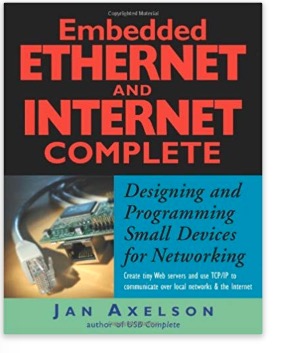Recent Posts
Fanless Embedded Box PC with ARM + Nvidia Jetson TX2 Platform For IoT Applications
Posted by on
AAEON, a developer in AI and Industry 4.0 solutions, announced the release of their BOXER-8130AI. Powered by NVidia Jetson TX2, the BOXER-8130AI is suitable for machine vision and IoT gateway applications.
The BOXER-8130AI features the NVidia Jetson TX2 CPU joined by 8GB LPDDR4 memory and 32GB eMMC storage onboard. With two processors onboard, the Dual Denver 2 and Quad ARM 57 processors, the NVidia Jetson TX2 is able of sustaining up to 256 CUDA cores, and it supports AI frameworks such as TensorFlow and Caffe. The BOXER-8130AI can even be configured to support a customer’s own AI interface software.
The BOXER-8130AI is built to blend into any environment. Featuring six MIPI CSI-2 interfaces, the BOXER-8130AI can carry up to six MIPI cameras. The BOXER-8130AI is also built for maintenance, with an SD Card slot, USB OTG, remote ON/OFF and almost all of its I/O ports together on one side. The BOXER-8130AI also features two antenna ports, for mobile or IoT gateway applications.
The BOXER-8130AI is capable of operating in an extended temperature range from -20°C to 55°C and features a wide input voltage range of 9~24 VDC. Its fanless design also keeps dust and other contaminants from affecting safe operation.
Bringing together two areas of computer technology—networking and embedded systems—this developer's guide offers guidance and examples for each of these, with a focus on the unique requirements and limits of embedded systems.
Because developing an embedded system for networking requires knowledge from many areas, including circuit design, programming, network architecture, and Ethernet and Internet protocols, developers gain relevant technical information on each that can be put to use right away.
Covered are the advantages and limitations of using Ethernet to connect embedded systems in a local network, hardware and program code needed to connect an embedded system to an Ethernet network and the Internet, and how to build a network.
Also discussed are how embedded systems can use TCP/IP and related protocols and how personal-computer applications can use the protocols to communicate with embedded systems. Developers will learn how their Web server's pages can include dynamic, real-time content and respond to user input.
 Loading... Please wait...
Loading... Please wait...


